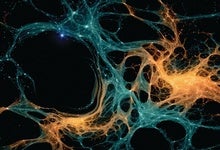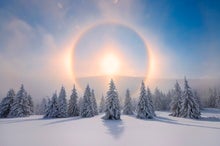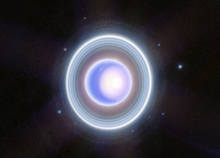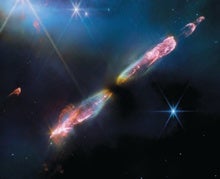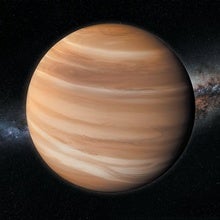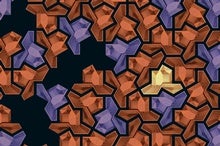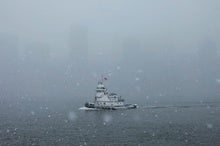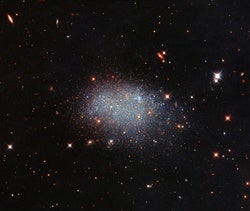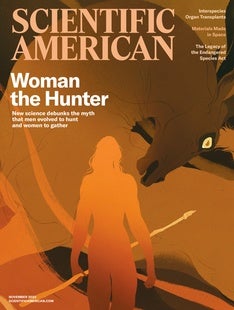 |
| December 22, 2023 |
This week, we're over the moon about next year's lunar prospects. Specifically, for two private missions that are set to liftoff in January 2024, each bound for touchdowns on our nearest, dearest natural satellite. First up is Astrobotic's Peregrine mission, which may launch as early as January 8 carrying a lander with the same name. Then, as soon as January 12, Intuitive Machines's IM-1 mission may launch the company's Nova-C lander. Both carry multiple instruments and experiments with a diverse set of scientific objectives, but their most exciting aspect is something more fundamental. A successful landing for either mission would be a milestone; never before has any commercial spacecraft successfully soft-landed on the moon. For both to be successful would be nothing short of revolutionary, signaling the dawn of a new era in which otherworldly exploration is no longer the sole provenance of nation-states. Elsewhere this week, we have stories on how studies of cosmic nothingness may explain everything, a guide to seeing solar halos and sun dogs, the discovery of Einstein tiles, the glowing rings around Uranus, and much more. Enjoy! We at Scientific American wish you a happy Yuletide season. And, as part of our own celebrations, we'll be skipping next week's newsletter—but our regularly-scheduled programming will resume in the new year! |
| |
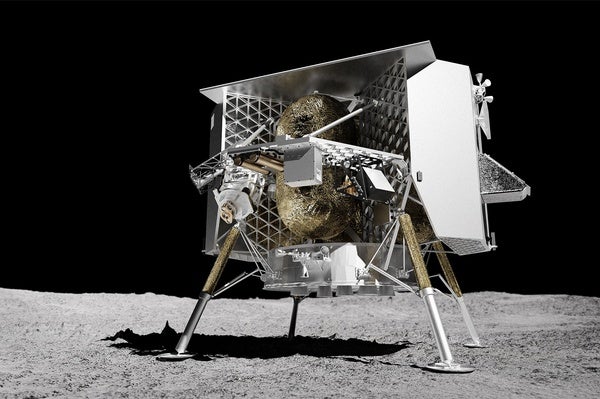 |
| |
| |
| |
| |
| |
| |
| |
| |
| |
| |
| |
| |
FROM THE ARCHIVE
 | | | |
LATEST ISSUES
 |
| |
| Questions? Comments?  | |
| Download the Scientific American App |
| |
| |




